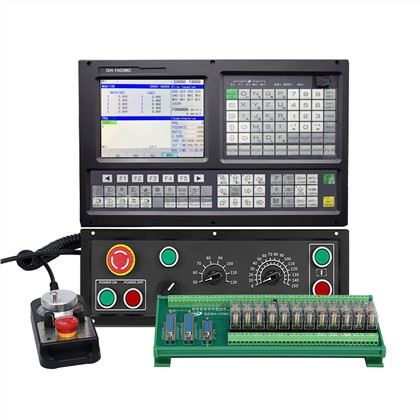Our 3 Axis cnc control panel can customizable LOGO Support Powerlink Servo for Feeding Axes lathe hanger hook machine 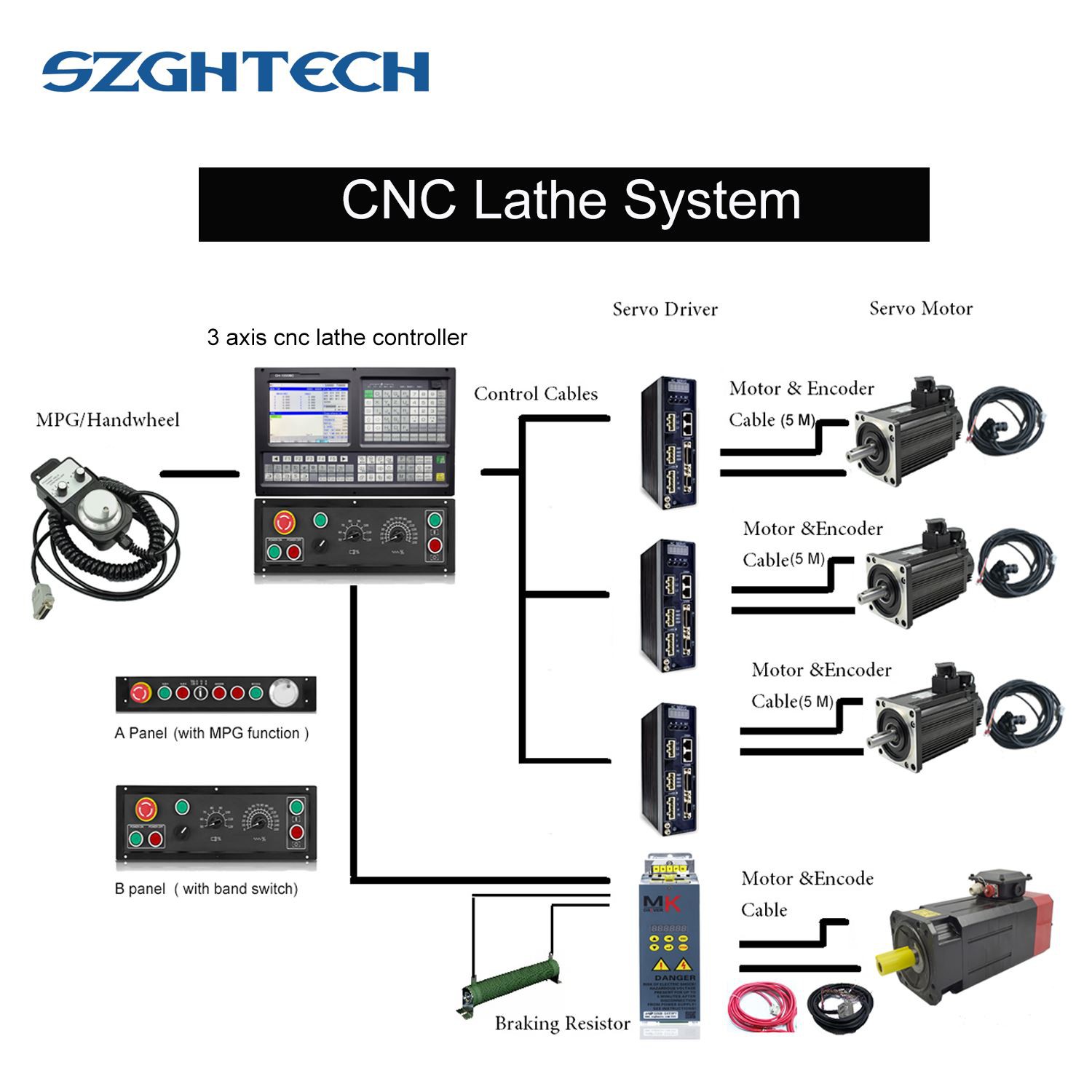
Function of lathe controller:
1)ATC function: Electric Turret/Binary Turret/Servo Turret/Special Turret
2)Threading Cycle: Following Mode/Interpolate Mode
3) Support Dual analog voltage(0~10V) & C-axis for Spindle servo(M800)
4) Support Stepper/Increment/Absolute/EtherCAT/Powerlink Servo for Feeding Axes
5) Scanning Function & Auto Tool Setter/Probe
After the command unit is reduced by 1000 times, higher machining accuracy can be obtained, and the motor can run more smoothly. The stable operation of the motor enables some machine tools to run at higher accelerations without increasing the vibration of the bed.
CNC Controller, including economic type, standard type, high-performance type and Modbus type( which can support EtherCAT/Powerlink). It can be 16 axes at max.
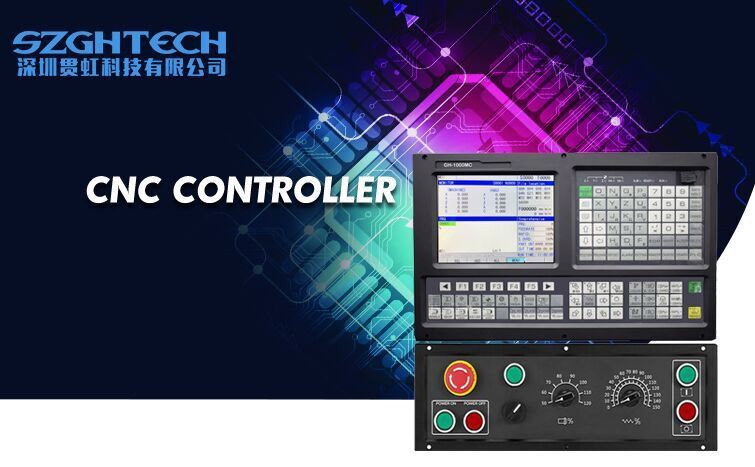

GH always do good product and service to our clients. If any order pls do not hesitate , we must do good support to you ! come on !
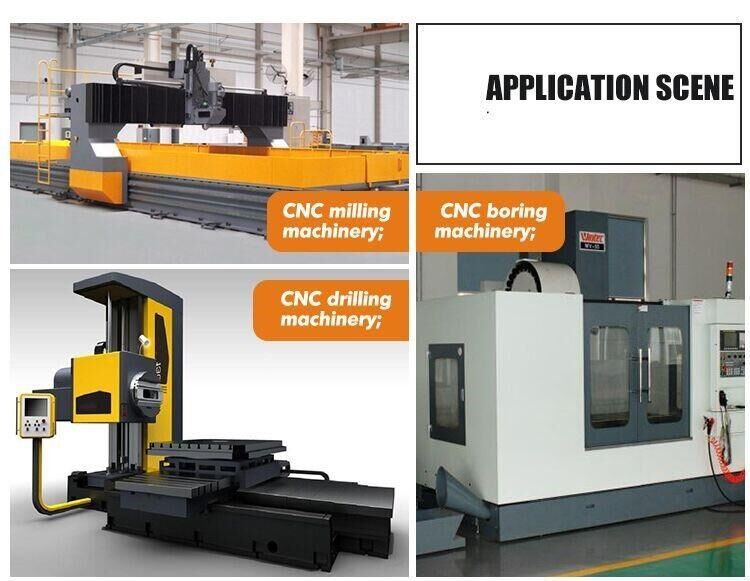
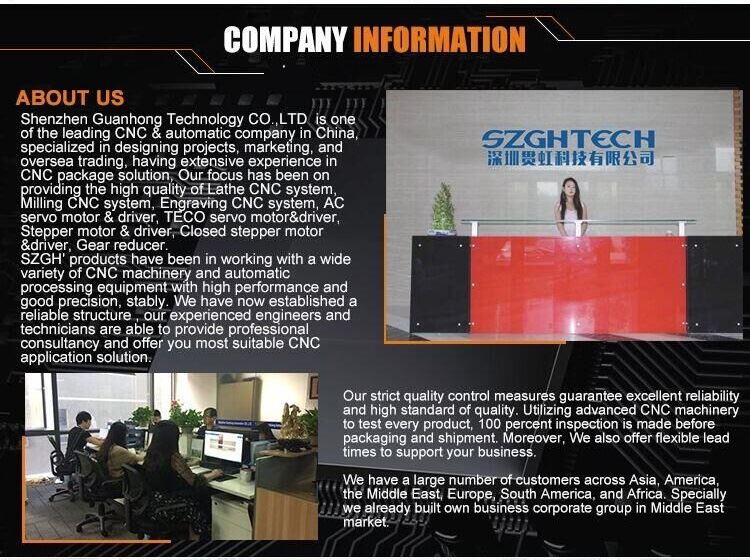
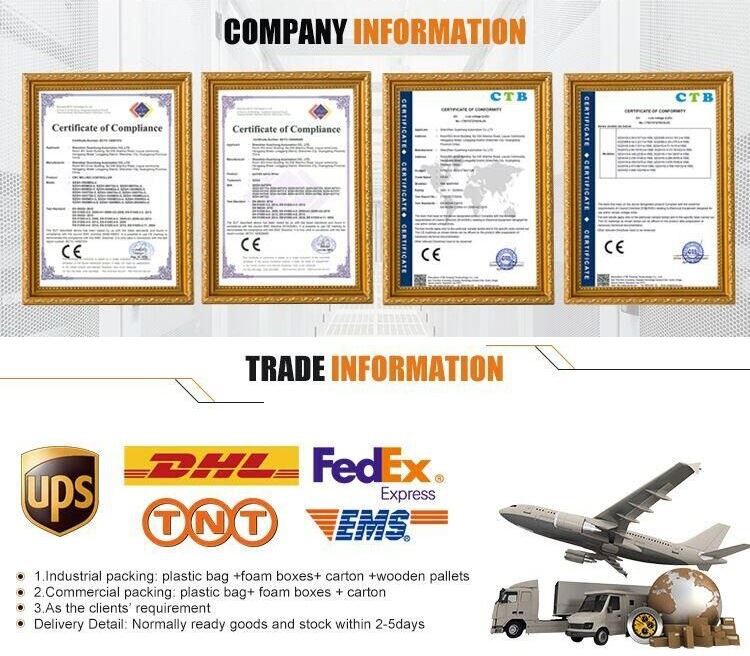
FAQ
Q: When can I get the price?
A: Usually we quote within 8 hours after we get your inquiry.
Q: What’s your MOQ?
A: If we have the products in stock, it will be no MOQ. If we need to produce, we can discuss the MOQ according to the customer’s exact situation.
Q: How long is your delivery time?
A: The general delivery time is 4-6 days after receiving your order confirmation. , if we have the goods in stock, it will only take 1-2 days.
Q: Do you provide sample? Is it free?
A: If the sample is low value, we will provide the free sample with freight collect. But for some high value samples, we need to collect the sample charge.
If you have any other question about our 3 axis milling cnc control panel, pls feel free to contact us as below.


